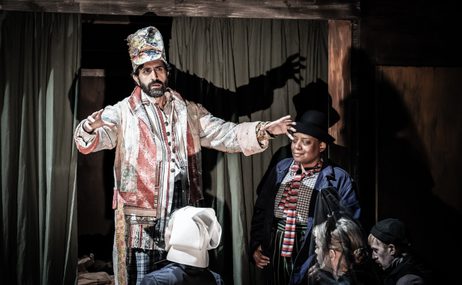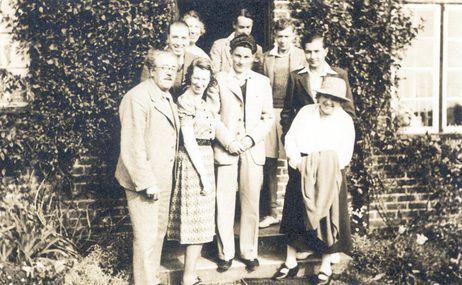Presented by Valeria Kurbatova
Most of Britten’s music featuring harp was composed in the final 3 years of his life, after a stroke had left him unable to play the piano. Instead of writing piano accompaniments for other musicians to accompany Peter Pears in recital, he instead composed several works for voice and harp: Canticle V, (1974), Birthday Hansel (1975) and his final group of folksongs in 1976. However, he didn’t have to start figuring out the complexities of the harp from scratch, as he had already composed significant works for the instrument in previous years. One of the most famous is his A Ceremony of Carols for high voices and harp in 1942; and later on less well-known Suite for Harp in 1969. It was written for and dedicated to the Welsh harpist Osian Ellis, who checked and edited the harp writing in advance of publication, and is in five striking and beautifully contrasted movements.
As Valeria Kurbatova explains in this week’s film, Britten makes full use of the harp’s large range and exploits various techniques, such as tremolando, to great effect. The piece is in a fairly conventional format, but the content is fresh, surprising and full of rhythmic surprises – notably in the first movement, with its pulsating bass line under syncopated chords. The final movement, in recognition of its dedicatee’s heritage, is a theme and variations based on the famous Welsh hymn tune St Denio, better known as ‘Immortal, Invisible, God only wise’. While it is perhaps not as famous as some of Britten’s other solo works, as Valeria points out, the suite is one of the most important works in a harpist’s repertoire and it deserves to be heard more widely.
Watch more

74th Aldeburgh Festival
09 – 25 June 2023
A Song at The Red House: 'Tell me the Truth About Love', by Benjamin Britten
Soprano Elise Caluwaerts performs one of Britten's cabaret songs, with a witty text by WH Auden. Accompanied by Lucy Walker on Britten's Steinway piano…
Work of the Week 24. Violin Concerto
Presented by Roger Wright
